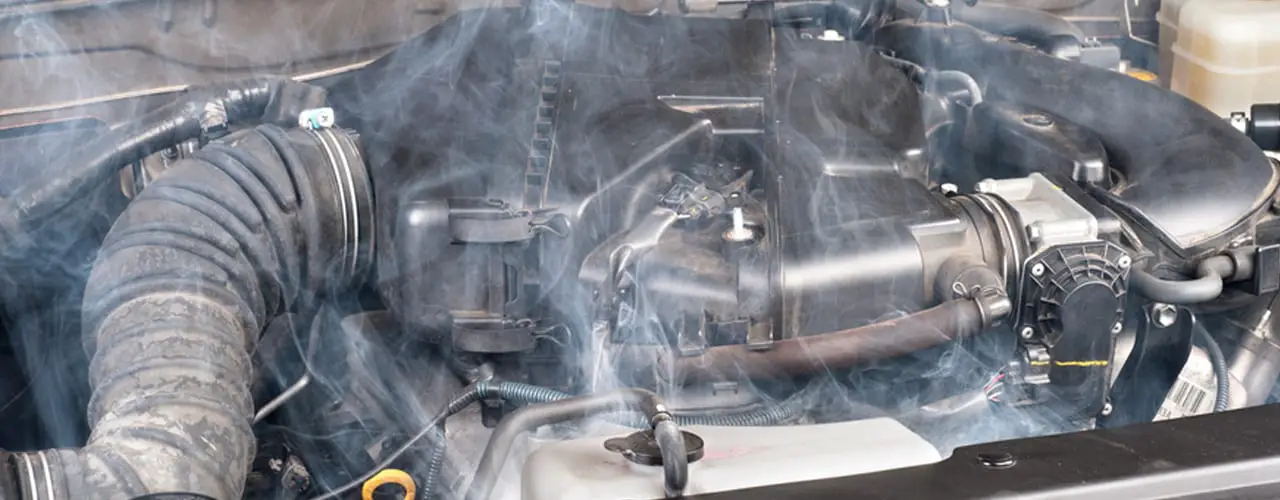Your transmission is one of the most critical components of your vehicle, responsible for transferring power from the engine to the wheels. However, like any mechanical system, it can experience issues, and one of the most common problems is overheating.
Transmission overheating can lead to severe damage, costly repairs, and even complete transmission failure if left unaddressed. In this blog post, we’ll explore the various causes of transmission overheating and provide tips on how to prevent it.
Causes of Transmission Overheating
- Low Transmission Fluid Level
Transmission fluid is essential for the proper lubrication and cooling of the transmission components. When the fluid level is low, it can’t effectively dissipate heat, leading to overheating. Low fluid levels can be caused by leaks, worn seals, or simply neglecting regular fluid changes. - Worn or Faulty Transmission Components
Over time, transmission components like clutches, bands, and gears can wear down, causing increased friction and heat buildup. This additional strain on the system can lead to overheating, especially if the components are not replaced or repaired in a timely manner. - Clogged Transmission Cooler
Most modern vehicles are equipped with a transmission cooler, which works to dissipate heat from the transmission fluid. If this cooler becomes clogged or obstructed, it can’t effectively cool the fluid, leading to overheating issues. - Towing or Hauling Heavy Loads
Towing or hauling heavy loads puts extra strain on the transmission, causing it to work harder and generate more heat. If your vehicle isn’t properly equipped or the transmission isn’t in good condition, this added stress can lead to overheating. - Stop-and-Go Driving Conditions
Frequent stop-and-go driving, such as in heavy city traffic, can also contribute to transmission overheating. The constant shifting between gears and the repeated engagement and disengagement of the clutches generate significant heat. - High Outdoor Temperatures
Extreme outdoor temperatures, especially during the summer months, can make it more challenging for the transmission to dissipate heat effectively. This is particularly true if the transmission fluid is already low or the cooler is not functioning properly.
Preventing Transmission Overheating

While some causes of transmission overheating are unavoidable, there are several steps you can take to minimize the risk and protect your vehicle’s transmission:
- Regular Transmission Fluid Changes
Adhering to the recommended transmission fluid change intervals specified in your vehicle’s owner’s manual is crucial. Fresh, clean fluid helps ensure proper lubrication and heat dissipation. - Address Leaks and Fluid Losses Promptly
If you notice any transmission fluid leaks or a sudden drop in fluid levels, it’s essential to address the issue immediately. Ignoring leaks can quickly lead to low fluid levels and potential overheating. - Avoid Excessive Towing or Hauling
If you frequently tow or haul heavy loads, consider upgrading your transmission cooler or investing in an auxiliary cooler to help dissipate the additional heat generated by these activities. - Use Appropriate Driving Techniques
When driving in stop-and-go traffic or hauling heavy loads, take it easy on the transmission. Avoid aggressive acceleration and sudden shifts, which can generate excessive heat. - Monitor Transmission Temperature
Many modern vehicles are equipped with transmission temperature gauges or warning lights. Pay attention to these indicators and take appropriate action if the temperature starts to rise abnormally. - Schedule Regular Maintenance
Regular maintenance checks can help identify potential transmission issues before they escalate into more significant problems. During these checks, technicians can inspect the transmission fluid, cooler, and other components for signs of wear or damage.
Conclusion
Transmission overheating is a serious issue that shouldn’t be ignored. By understanding the root causes and taking proactive measures to prevent it, you can extend the life of your transmission and avoid costly repairs or replacements down the line.
Also Read:
- The ZF 8-Speed Transmission: A Masterpiece of Efficiency and Performance
- Why is My Car Leaking Oil When Parked?
- What is the Check Engine Light and Why is it On?
- Resetting Your Car’s Computer After a Battery Change: What You Need to Know
Stay vigilant, follow the recommended maintenance schedules, and address any signs of overheating promptly to keep your vehicle running smoothly for years to come.



[…] Transmission Overheating: The Root Causes and How to Prevent It […]